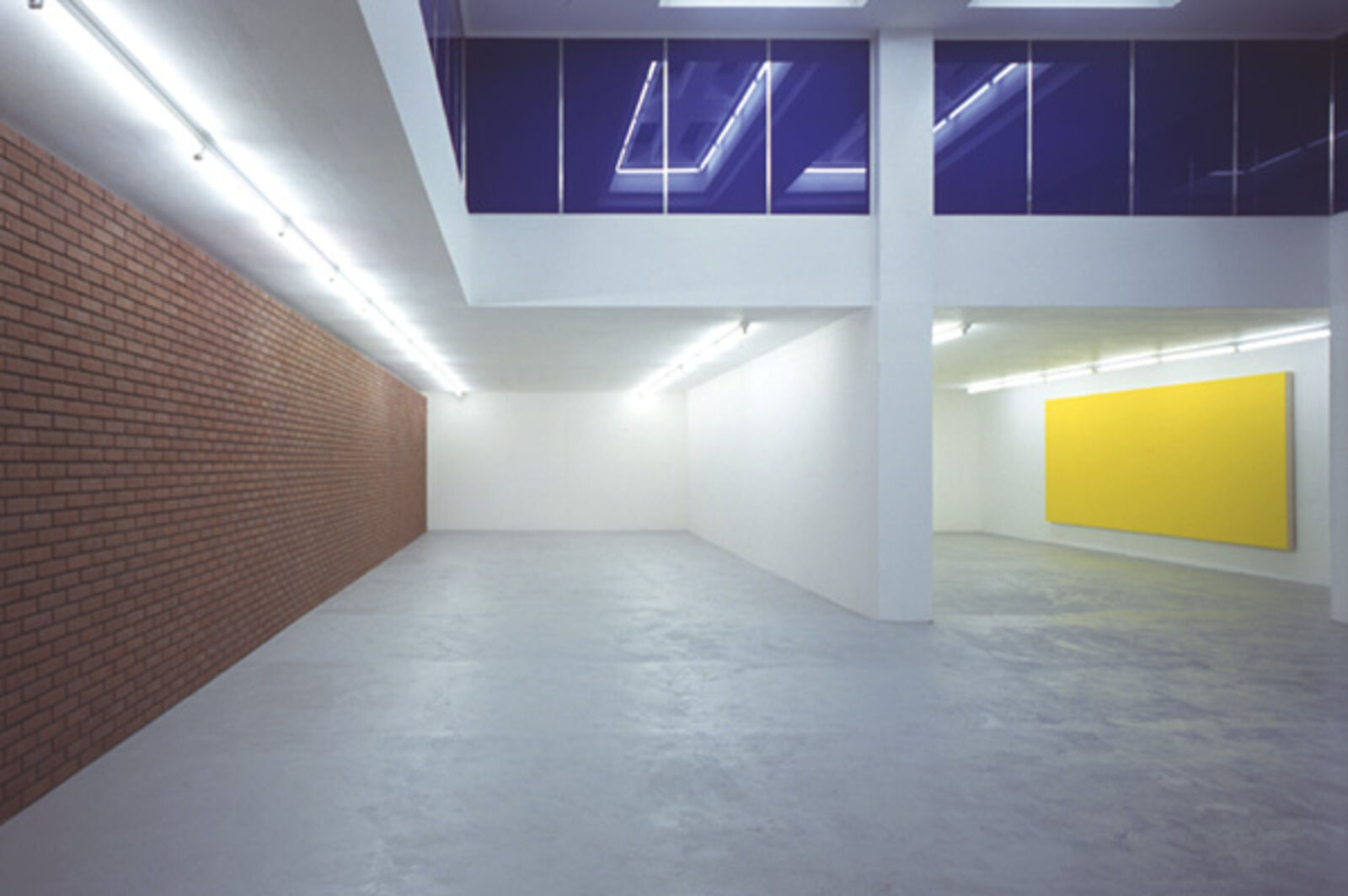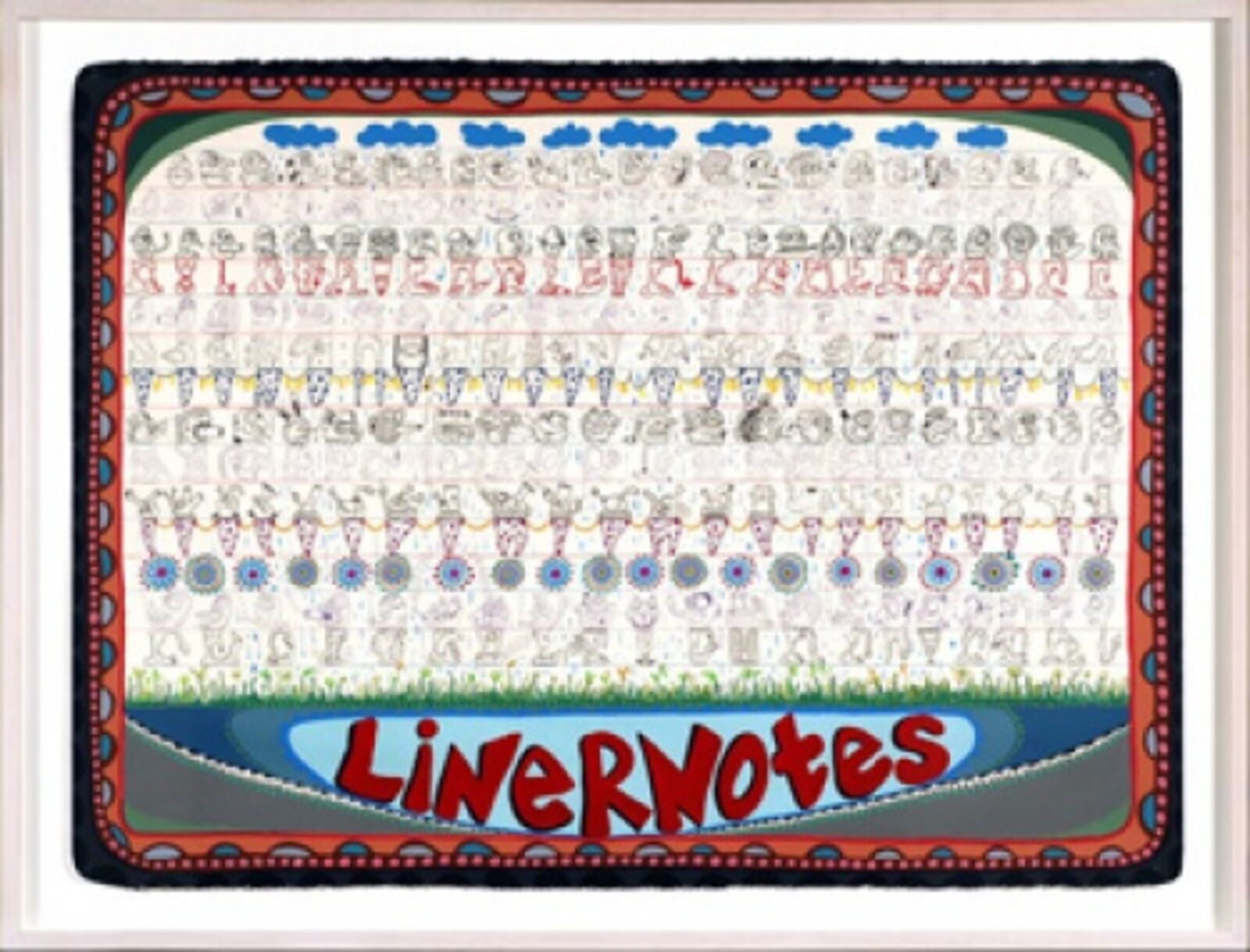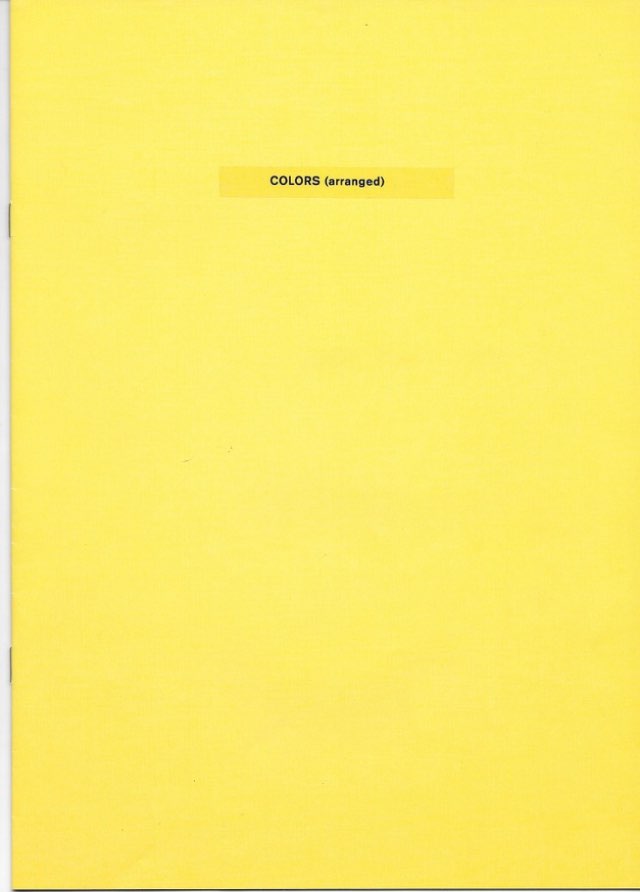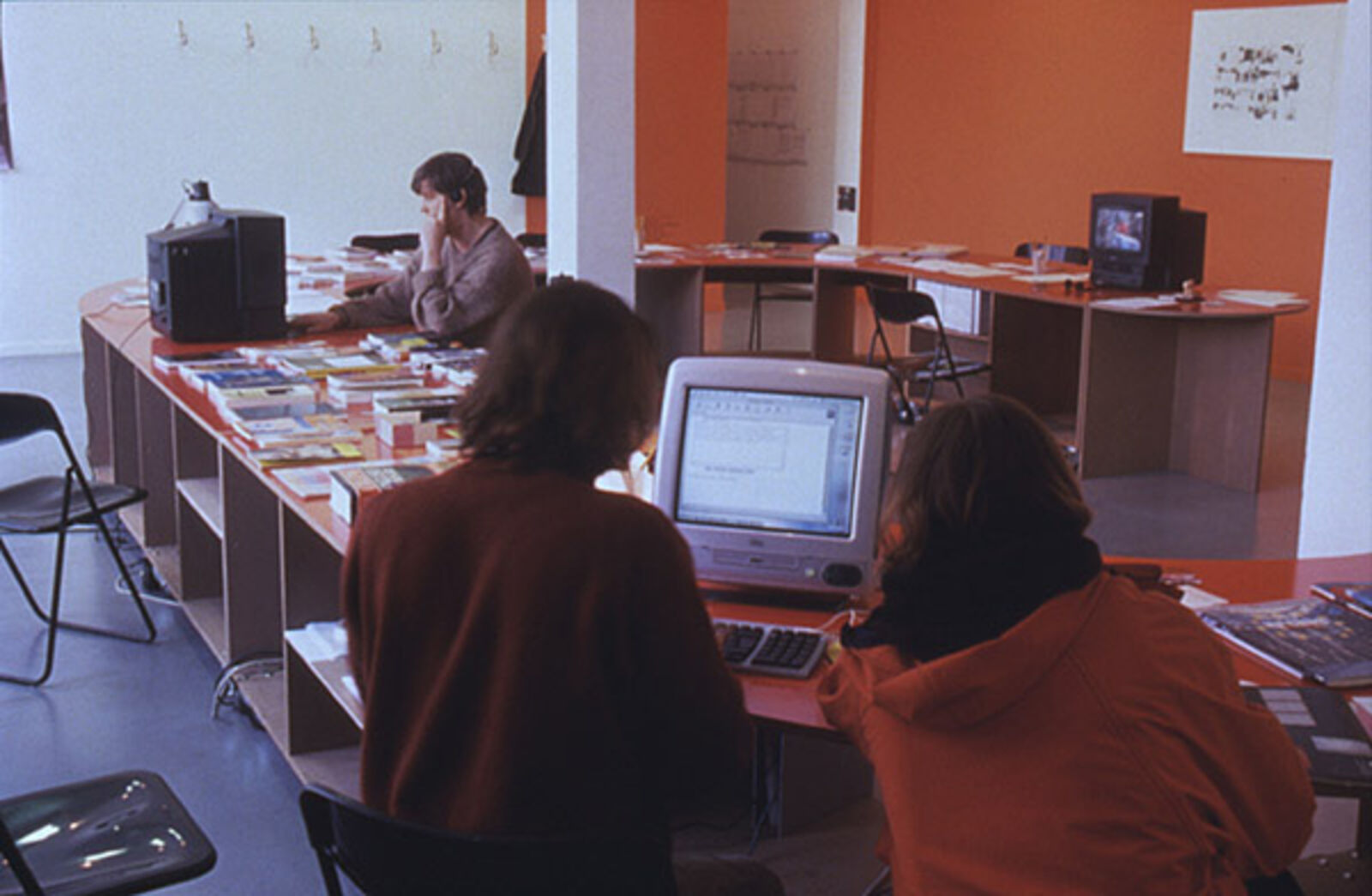Gerhard Merz "Gerhard Merz"
12.05–24.06.1990
de Appel, Prinseneiland 7, Amsterdam
de Appel, Prinseneiland 7, Amsterdam

De ordine geometrico I, 1990
© Philipp Schönborn, München / Munich
© Philipp Schönborn, München / Munich

De ordine geometrico II, 1990
© Philipp Schönborn, München / Munich
© Philipp Schönborn, München / Munich

De ordine geometrico I, 1990
© Philipp Schönborn, München / Munich
© Philipp Schönborn, München / Munich

De ordine geometrico II, 1990
© Philipp Schönborn, München / Munich
© Philipp Schönborn, München / Munich
‘We are not battling over a concept of contemporary culture, but over our way of looking back at modem art and hence about whether, today, we still take the position of the modern artist.' Hans Belting wrote these words in the catalogue of the exhibition Bilderstreit (1989), after pointing out that the ideas of 'modernity' and 'being modern' have been repudiated and then rediscovered several times in the art of the twentieth century . This article reveals once again that the discussion around freedom of style and the free use of abstraction and figuration nowadays often reduces to an appeal to the categories 'modern' and 'post-modern'. Modern art is seen as having now become a purely academic venture, sidetracked, and succeeded by an 'undogmatic' and 'free' post-modernism. For Gerhard Merz continuity with the ideas of modern art is axiomatic. He is not concerned here with innovations, but with building on an existing tradition. Unequivocally, he takes a position on the artist's freedom: 'Being an artist does not mean being able to do whatever you like. Art is a principle, to which you must make yourself subservient.' He refers to painters such as Cézanne, writers like Paul Valéry and Gottfried Benn, architects such as Mies van der Rohe and - in his view, historically the most radical example - the work and theories of Ad Reinhardt. Merz prefers to call his own work - his interventions in a given space – not installations but 'archipittura', a term from Italy in the thirties denoting an integration of painting and architecture characterized by a strict formality . Monochrome surfaces, blocks of precisely painted text, a brick wall: these are visual devices which Merz uses to articulate or 'perfect' a space. In De Appel he has opted for a language first introduced by De Stijl: planes in primary colours. Gerhard Merz is not afraid of being dismissed as unoriginal for building on a foundation of existing vocabularies. 'Linking art to originality is a fallacy. What matters is creating a situation in which reason is the norm and which raises the issue 'how can some- thing be ideal?' (Invitation text by Saskia Bos)
See also



